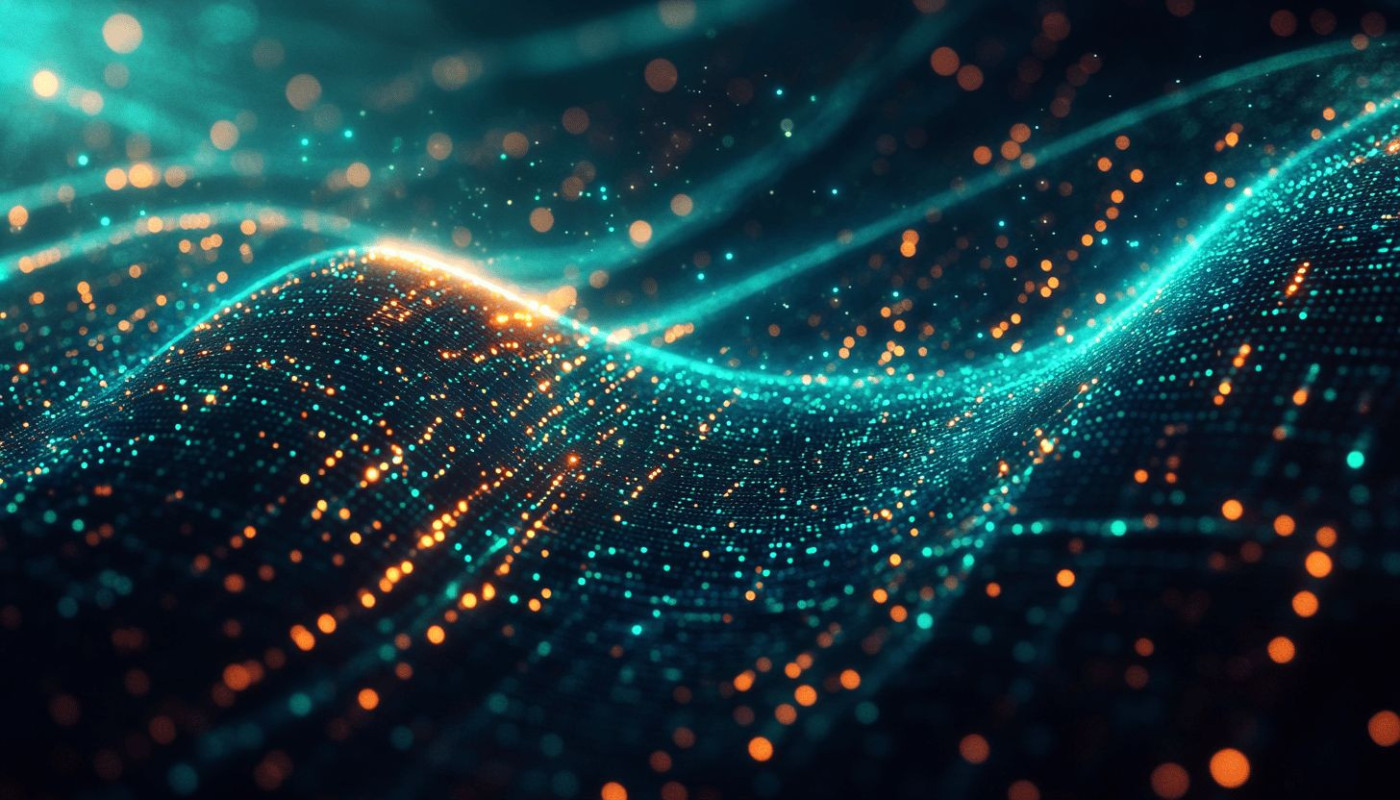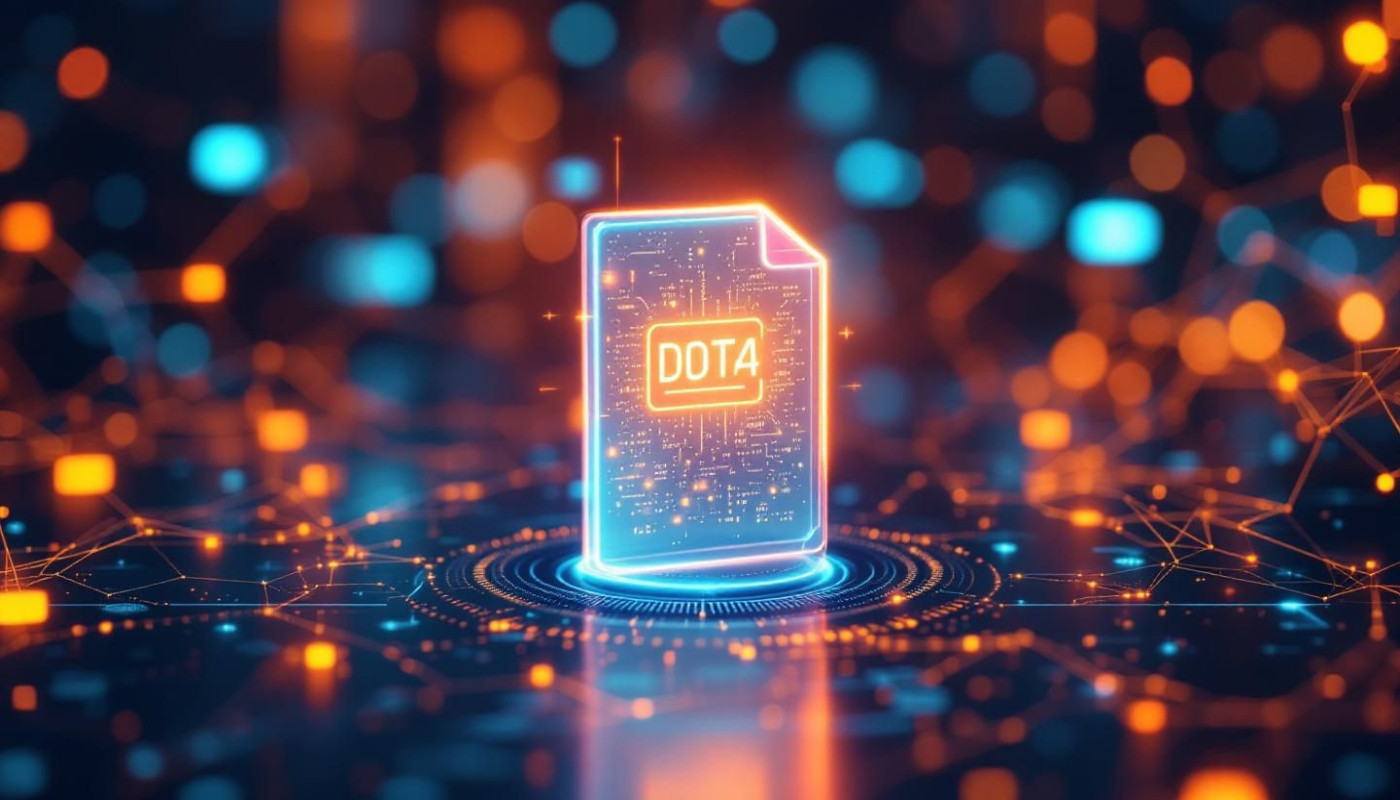Table of contents
Imagine a world where the boundaries of creativity and technology merge to form a playground for visual exploration. Online AI image generators have opened up a new frontier where the only limit is one's imagination. In this deep dive into the capabilities of these remarkable tools, we invite readers to uncover the benefits, techniques, and ethical considerations of leveraging AI for artistic creation. Prepare to expand your understanding of how these generators can enhance, innovate, and potentially transform the artistic landscape.
The Rise of AI in Visual Creativity
The art and design industries have been profoundly transformed by the emergence of online AI image generators, signaling a new era in digital transformation. A brief history of these tools reflects their evolution from rudimentary algorithms to the sophisticated platforms we see today. At the heart of this creative revolution are generative adversarial networks, or GANs—complex AI systems that can produce images that are increasingly indistinguishable from those created by humans. This visual innovation has catapulted the artistic landscape into a new dimension, allowing both professionals and hobbyists to experiment with AI-driven art in ways previously unimaginable.
The transition from traditional artistic methods to AI-facilitated creation marks a significant shift in the way visual content is produced and consumed. As an expert in digital art and AI technology, I recognize the implications of this change as both disruptive and liberating. The use of AI allows for a level of variety and speed in experimentation that can push the boundaries of creativity. For those intrigued by the limitless potential of these platforms and looking to dive into the world of AI-generated imagery, I suggest you pop over here to explore the possibilities firsthand.
Unleashing Creativity with Limitless Possibilities
The advent of online AI image generators heralds a new era of creative expression, one where the barriers to complexity in art are being dismantled by the day. These generators, powered by intricate neural networks, have the capability to produce unique and complex images that might traditionally require extensive time and skill from artists. They open up a vast landscape for rapid prototyping, allowing artists and designers to quickly bring their visions to life and iterate on them with unprecedented speed. This agility is particularly transformative in the realm of experimental art, where the process of trial and error is often just as valuable as the final piece.
As an experienced art director, I've witnessed firsthand the way these tools enhance artistic freedom, offering creators the ability to explore a plethora of visual styles and aesthetics without the limitations that typically accompany manual processes. From personal projects that push the boundaries of the imagination, to commercial endeavors that demand high volumes of visual content, the power of AI-driven image generation is reshaping the creative landscape. By leveraging the immense capabilities of neural networks, artists can now engage with their medium in ways that were once deemed unattainable, truly unlocking the full spectrum of human creativity.
Navigating the User-Friendly Landscape of AI Tools
The advent of online AI image generators has brought forth a user-friendly landscape where accessibility in technology is a key focus. These platforms are tailored to accommodate users with diverse backgrounds and skill sets, promoting inclusive art creation. The democratization of art becomes evident as these tools bridge the gap between professional artists and hobbyists. The user interface design is a core element that enables straightforward navigation and manipulation of images. With an intuitive layout and clear instructions, these AI tools ensure that creating art is a smooth and enjoyable process for everyone.
As a user experience designer adept in software ergonomics, I recognize that the ergonomics of these platforms play a pivotal role in their success. The designs are informed by an understanding of how users interact with digital interfaces, leading to a seamless user experience (UX). This is not merely about aesthetics but about creating an environment where functionality converges with ease of use. Features such as drag-and-drop, real-time previews, and one-click adjustments contribute to an enriching creative process that is accessible to all, regardless of their proficiency in art or technology. In doing so, these AI tools stand as a testament to how technology can empower individuals, enabling them to explore and express their creativity without barriers.
Transforming Commercial Art with AI
The advent of AI image generators marks a significant transformation in the commercial art sector. These advanced tools have revolutionized the way businesses approach advertising visuals, marketing content creation, and efficiency in design. By integrating AI into their workflow, companies can now produce eye-catching visual content at an unprecedented pace, fostering product design innovation and streamlining media production processes. The potential for cost savings is substantial, as AI reduces the need for extensive human labor, allowing for the reallocation of resources to more strategic initiatives.
In the realm of advertising and marketing, the ability to rapidly generate and iterate on creative concepts gives firms a competitive edge. This is especially valuable in content generation, where time and originality are of the essence. Businesses can leverage AI to produce a diverse array of visuals that cater to specific target audiences, enhancing engagement and conversion rates. Furthermore, these tools empower small and medium-sized enterprises to compete at higher levels, democratizing access to high-quality marketing materials that were once exclusive to organizations with larger budgets.
From a strategic standpoint, integrating AI into commercial campaigns not only boosts productivity but also paves the way for innovative approaches to product development and brand storytelling. As businesses adopt these technologies, they must also consider the implications for the creative workforce, ensuring a balance between automated efficiency and human ingenuity. Ultimately, AI image generators are reshaping the landscape of commercial art, offering endless possibilities for those willing to embrace the future of digital creativity.
The Ethical Considerations of AI-Generated Art
As the adoption of AI in the field of artistry gains momentum, we are simultaneously ushered into an era replete with ethical dilemmas unique to this technological frontier. Chief among these concerns is the respect for intellectual property (IP) rights, as copyright laws that have long governed originality in art are tested by the capacity of machines to mimic and recreate. The pivotal question of whether AI-generated art infringes upon the copyrights of the human artists whose works may have been used to train these algorithms is a subject of intense debate. Further complicating the matter is the discernment of originality in the outputs of AI, which muddies the waters of artistic authenticity and poses a significant impact on the valuation of art.
The ripple effect of these advancements on the livelihood of human artists cannot be overstated. The fear that machine-generated art could devalue the work of human creators or even replace them entirely is a pressing issue. It prompts a re-evaluation of the role that artists play in society and the ways in which their contributions are compensated. On the flip side, there is a narrative of potential where AI is viewed as a tool for augmentation rather than replacement, offering new avenues for human artists to explore and expand their creative horizons. Here lies the importance of responsible AI use, where technology serves as a complement to human ingenuity rather than a substitute.
In analyzing the intersection of AI and art, it becomes clear that the path forward must be navigated with careful consideration for the ethical implications. The responsibilities that we hold as stewards of this technology must include robust discussions around the protection of IP, the safeguarding of artistic careers, and the support for innovation that does not come at the expense of human integrity. By fostering an environment where AI operates within the boundaries of ethical practice, we can embrace the potential of this technological marvel while upholding the values that preserve the essence of human creativity.
Similar

How Personalized AI Companions Enhance Daily Interactions?

Ensuring Seamless User Experiences During A Kubernetes Cluster Upgrade

Exploring The Benefits Of Unlimited File Sharing Platforms?

The Role Of 24/7 Support In Managing DDoS Threats

Streamlining Cluster Management For Enhanced Performance And Security

Exploring Effective Anti-DDoS Strategies For Enhanced Website Security

Voice recognition software in customer service how AI is enhancing user experience

Exploring the rise of collaborative software in remote work ecosystems

How To Integrate Conversational AI Into Customer Service To Improve User Engagement

